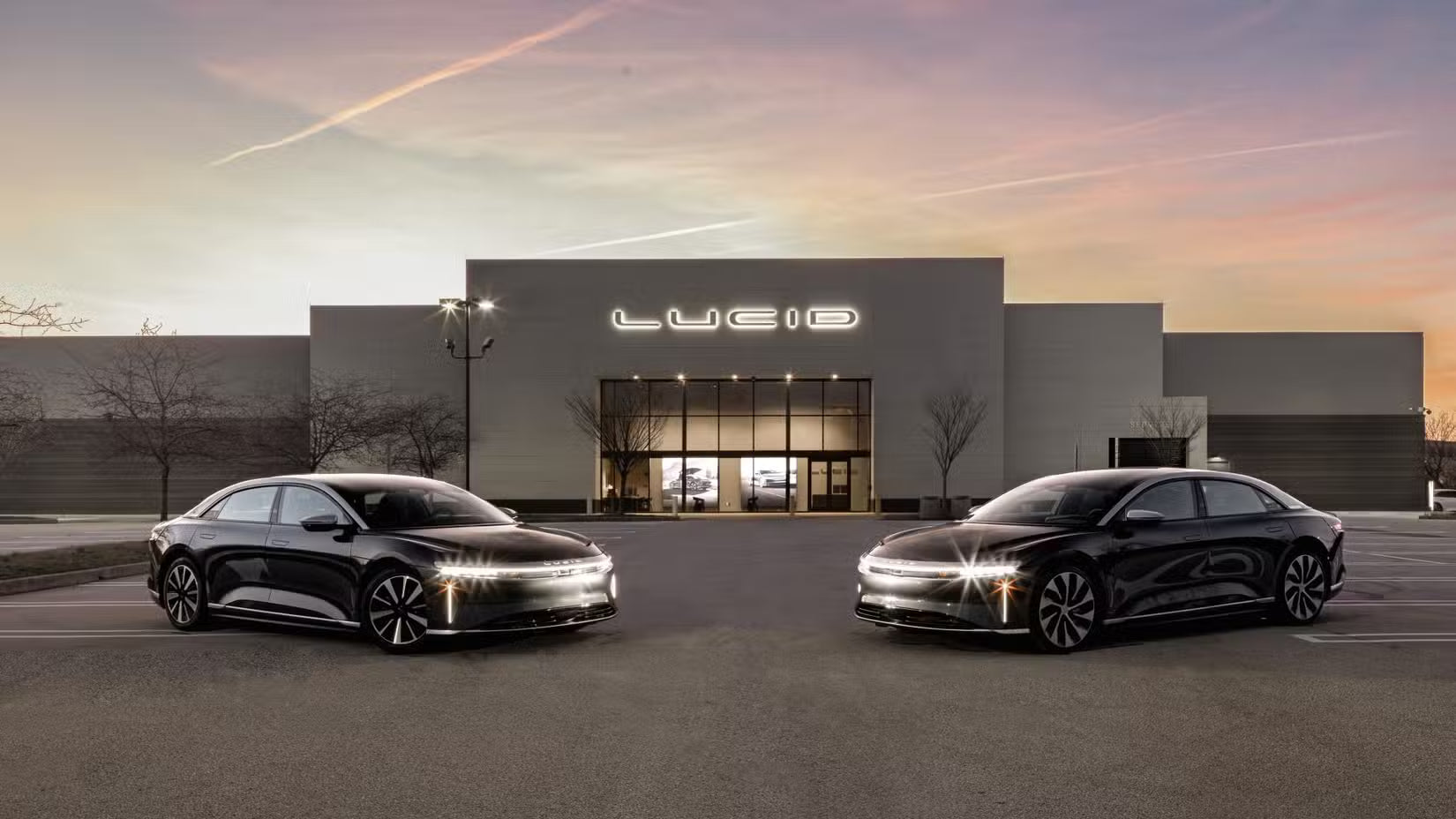LAs electric vehicles (EVs) continue to reshape how Americans commute and charge at home, choosing the right outlet becomes more than a convenience—it’s a strategic decision. For many EV owners, the NEMA 14-30 plug stands out as a safe, cost-effective, and code-compliant solution. But what makes it superior to older options like the NEMA 10-30? And how does it compare to more powerful alternatives like the NEMA 14-50?
This guide explores the advantages of using a NEMA 14-30 outlet for EV charging, especially for homeowners and renters seeking a reliable Level 2 charging setup.
Understanding the NEMA 14-30 Configuration
The NEMA 14-30 is a four-prong, 240V outlet rated for 30 amps, originally designed for electric dryers. Thanks to its compatibility with EV charging and modern wiring standards, it’s now gaining traction among EV owners.
🔌 Key Features of NEMA 14-30:
| Feature | NEMA 14-30 Value | EV Owner Benefit |
|---|---|---|
| Voltage | 240 volts | Enables faster Level 2 charging |
| Amperage | 30 amps | Suitable for 24A EVSEs (80% draw rule) |
| Ground Pin | Yes | NEC-compliant, improved electrical safety |
| NEC Compliance | 1996 code and beyond | Future-proof installation |
| Availability | Common in newer homes | Easier to retrofit or install affordably |
Table comparing NEMA 14-30 and 10-30 plugs for EV charging, highlighting safety, voltage, and compliance benefits of 14-30.
NEMA 14-30 vs. NEMA 10-30: A Safety-Centric Upgrade
Before 1996, NEMA 10-30 outlets were common in laundry areas. However, these older plugs lack a dedicated ground wire, which introduces safety risks, especially when used for EV charging. As a result, the National Electrical Code (NEC) no longer permits 10-30 outlets for new installations involving high-power appliances like EVSEs.
🚫 Drawbacks of NEMA 10-30:
-
No ground wire = potential shock hazard
-
Not compliant with modern NEC
-
Limited adapter and charger compatibility
Conversely, the NEMA 14-30 is grounded, safe, and widely supported by portable EV chargers, including many from EVDANCE and other reputable brands.
Cost and Installation Advantages
Compared to high-amperage options like the NEMA 14-50 (50A), the NEMA 14-30 is:
-
Less expensive to install: Requires 10-gauge wire vs. 6-gauge for 14-50
-
Easier to retrofit: Commonly replaces existing dryer outlets
-
Sufficient for most EVs: Delivers up to 24A continuous, enough to replenish 25–30 miles of range per hour
📉 Estimated Installation Costs:
| Outlet Type | Amp Rating | Typical Install Cost |
|---|---|---|
| NEMA 10-30 | 30A | Not code-compliant |
| NEMA 14-30 | 30A | $250–$500 |
| NEMA 14-50 | 50A | $500–$900 |
Ideal for Renters and Temporary Setups
The NEMA 14-30 is particularly appealing to renters, condo owners, and budget-conscious drivers who need a non-permanent, high-efficiency charging solution:
-
Can be installed where dryer outlets already exist
-
Supported by many plug-in EVSEs with NEMA 14-30 adapters
-
Compatible with extension cords and weatherproof enclosures for outdoor garages (ensure UL listing)
NEMA 14-30 + EVSE: A Balanced Charging Strategy
Many EVs do not require more than 32A for overnight charging. In fact, most daily driving needs can be met by charging at 24A for 6–8 hours, which aligns perfectly with what a 14-30 outlet can offer.
💡 Pro Tip: Use a UL-listed/ETL-listed EVSE with a NEMA 14-30 plug that limits draw to 24A to remain within the NEC’s 80% continuous load rule.
Is NEMA 14-30 the Right Fit for You?
✅ Choose NEMA 14-30 if:
-
You want a cost-effective, Level 2 home charger
-
Your EV’s onboard charger is rated ≤ 32A
-
You have existing laundry room wiring or can install a new outlet affordably
-
You prioritize safety and compliance
❌ Consider alternatives if:
-
You own an EV with a 48A onboard charger and need faster charging
-
You’re hardwiring a permanent EVSE
-
You need a universal plug for RVs and large appliances (NEMA 14-50 may be better)
Conclusion
The NEMA 14-30 plug offers a smart balance of safety, speed, affordability, and compliance for EV owners. Whether you're installing a new outlet, upgrading an old dryer plug, or looking for a rental-friendly solution, the 14-30 is a future-proof choice that meets modern charging demands without unnecessary complexity or cost.
As the EV industry evolves, choosing the right infrastructure at home is as critical as choosing the right vehicle. The NEMA 14-30 proves that you don’t need maximum amperage to achieve maximum practicality.
Recommend Reading: Understanding the NEMA 14-30 Plug for EV Charging: A Complete Guide








Share:
Understanding the Differences Between NEMA 10-30P and NEMA 14-30P Plugs
NEMA 5-15 vs 6-20 vs 14-50: Choosing the Right Plug for EV Charging Needs